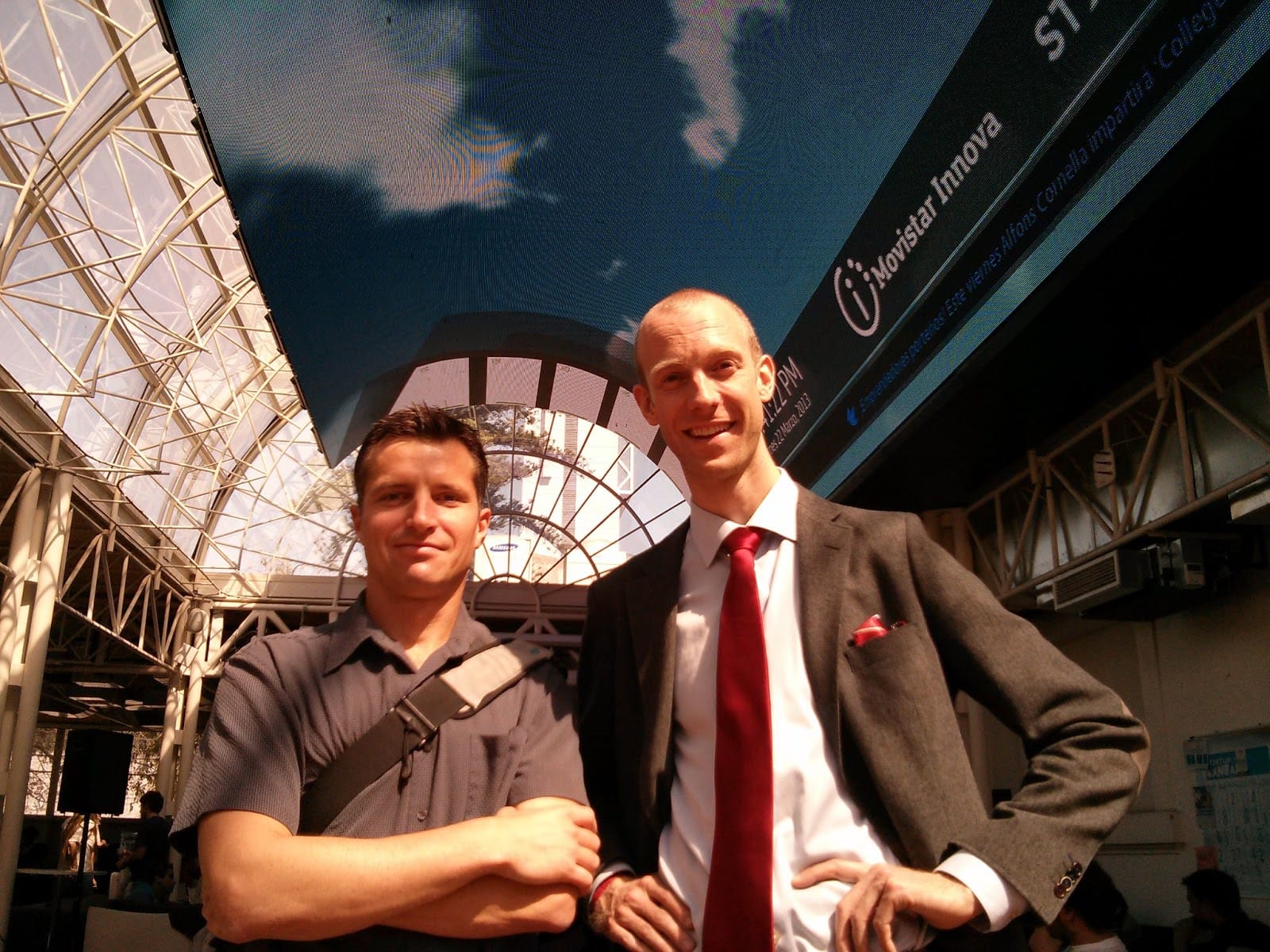Chuck Eesley: Technology Entrepreneurship Course Online using NovoEd’s Social Learning Platform

What do three of the Forbes 30 under 30 have in common (Bobby Murphy, cofounder of Snapchat, Lucas Duplan, cofounder of Clinkle and Shiza Shahid, cofounder of the Malala Foundation)? They all took my technology entrepreneurship (E145) class at Stanford University.
 Simply put, I did an online class because I wanted to expand the impact of my teaching and research beyond Stanford. I started working with NovoEd to put my course online because I saw the power of the vision of online education to transform and empower the lives of millions around the world and couldn’t help but be a part of that revolution. The ability of NovoEd to replicate the social and experiential learning experience of my Stanford class for hundreds of thousands of students around the world was essential to me because I feel that entrepreneurs (and students in general) learn best by doing. The collaboration that I see happening in my technology entrepreneurship class is incredibly motivating.
Simply put, I did an online class because I wanted to expand the impact of my teaching and research beyond Stanford. I started working with NovoEd to put my course online because I saw the power of the vision of online education to transform and empower the lives of millions around the world and couldn’t help but be a part of that revolution. The ability of NovoEd to replicate the social and experiential learning experience of my Stanford class for hundreds of thousands of students around the world was essential to me because I feel that entrepreneurs (and students in general) learn best by doing. The collaboration that I see happening in my technology entrepreneurship class is incredibly motivating.
Successful startups that have come out of the class such as TommyJams in India, Stylemarks in Germany, Terafold Biologics in the US/Chile, and Ranktab in Mexico make me feel that what I’m doing with my class is really contributing to making an impact in the world through entrepreneurship and innovation.
The other aspect of the online course that really excites me is the ability for continuous, data-driven improvement in the class and in the outcomes of the students. In my research at Stanford, I’m essentially doing Moneyball for startups. Out of the tens of thousands of startups created by Stanford and MIT alumni, what are the factors that are most important in leading to success? How can we teach those to the next generation of entrepreneurs? These are the questions that drive me in my research. I believe in the power of combining teaching and research. For instance, out of my previous classes at Stanford and on NovoEd, I recently started to explore the impact of mentorship for educating entrepreneurs. Students who had experienced entrepreneur mentors (such as NovoEd mentors Marissa Louie and Henry Wong) were significantly more likely to actually found a company after the course.

Another important recent addition to the course includes videos and material on founding companies in emerging economy environments. I conducted a series of interviews in response to student requests, with entrepreneurs and investors in China and other emerging markets to help students understand the unique challenges and rewards of doing a startup in a developing market (such as those I met recently doing a GIST workshop in Amman, Jordan). More broadly, my research shows that there is a tight link between the institutional and industry environment and the type of entrepreneurship. My research confirms what people who run incubators and accelerator programs around the world are discovering – that high-growth, technology-based entrepreneurship requires an environment that supports talented individuals undertaking experimentation to find scalable business models, calculated risk-taking, and failure. What I hope for my class is simply that the students begin to understand the process of building a scalable venture and that those who successfully do it help me to pass along that knowledge.
Did you enjoy this post? Check out our other post that talks about what it means to be an omnipreneur.

Chuck Eesley is an Assistant Professor at Stanford University in the Department of Management Science and Engineering (MS&E). His research and teaching interests focus on strategy and technology entrepreneurship.
Blog
In a Harvard Business School case study titled Creating a virtual internship at Goldman Sachs, the authors describe how The Goldman Sachs Group successfully transitioned a program serving thousands of interns into one that became entirely virtual.
Blog
Craig Weiss of The Craig Weiss Group, renowned for his expertise in learning technology, e-learning and AI in the workplace, spoke about AI In L&D: Roles, Risks, and Opportunities.
Blog
For Marriott, emerging from the pandemic presented a key opportunity to take stock and strategize how to improve worker retention and customer service — and the hospitality chain recognized that cultivating the best possible leaders was essential for navigating the changing landscape.
Blog
Learning management is a perennial challenge for L&D teams. Despite the emergence of more sophisticated learning and business analytics techniques, struggles with learning measurement persist at frustrating levels. Closing the gap between the boardroom and L&D around actual business or organizational impact is a required skill for learning leaders to master.
Blog
A social learning platform activates the deep and continual skill development needed for enduring behavior change in the context of modern business.
Blog
NovoEd enables executive education providers to build online learning experiences for custom executive education programs, open enrollment courses, and more.